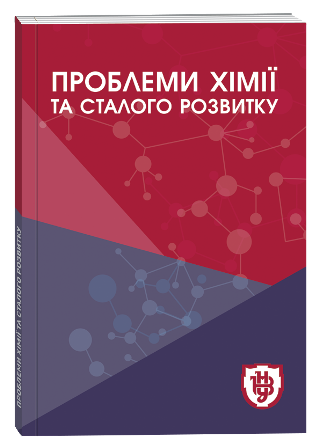ANALYSIS AND EVALUATION OF BIOSPHEROCENTRIC COMPONENT ECOSECURITY OF RESIDENTIAL TERRITORIES OF RIVNE REGION
DOI:
https://doi.org/10.32782/pcsd-2021-4-5Keywords:
ecological safety, residential areas, biosphere-centric component, transport logistics system, ecologistics, pollution level, anthropogenic loadAbstract
The article considers the issue of assessing the state of ecological safety of residential areas of Rivne region. Analysis of recent research shows that environmental safety is formed under the influence of environmental, socio-economic and man-made factors. This article estimates the biosphere-centric component of the ecological safety of residential areas of Rivne region. The calculation of the biosphere-centric component of eco safety is recommended to be carried out in two types of indicators: destimulators, for which the excess of actual data over the minimum is negatively reflected in environmental safety) and stimulants, for which the excess of actual data over the maximum is favorable for environmental safety of the region. In the biosphere-centric component we will analyze the indicators of anthropogenic impact on the environment through the formation of discharges, emissions and waste. The biosphere-centric component of environmental safety includes indicators of total emissions of pollutants, density of emissions of pollutants into the atmosphere, consumption of fresh water, part of polluted return water in the total discharge, the formation of waste I–III hazard classes in specially designated areas. Integrated indicator of ecological safety biosphere-centric component of Rivne region are evaluated by three states: ecological hazards – 5 districts, environmental threat – 9 districts and ecological risk – 2 districts. A cluster analysis was performed, and as a result the method for grouping indicators of biosphere-centric component into three subclusters was established. It is determined that the residential areas of Rivne region are under significant anthropogenic load. In future this will have a crucial negative impact on both the quality of the environment and the quality of human life. Thus, to ensure the environmental security of the territory it is necessary to form the basic and supporting strategies based on the state of environmental security and financial capabilities of the region.
References
Качинський А.Б. Екологічна безпека України: системний аналіз перспектив покращення : навчальний посібник. Київ : НІСД, 2001. 312 с.
Сталий розвиток та екологічна безпека суспільства: теорія, методологія, практика / [у 2-х т.]; За наук. ред. Хлобистова Є.В. Сімферополь : Аріал, 2011. Т. 1. 464 с.
Герасимчук З.В., Вахович І.М., Голян В.А., Олексюк А.О. Трансформація інституціонального механізму природокористування в умовах глобалізації екологічні імперативи та системні суперечності : монографія. Луцьк : Надстир’я, 2006. 228 с.
Руденко Л.Г., Лісовський С.А. Концепція сталого (збалансованого) розвитку та її сприйняття в Україні. Український географічний журнал. 2005. № 4. С. 3–10.
Герасимчук З.В., Олексюк А.О. Екологічна безпека регіону: діагностика та механізм забезпечення : монографія. Луцьк : Надстир’я, 2007. 280 с.
Хилько М.І. Екологічна безпека України. Київ, 2017. 267 с.
Самойлік М.С. Забезпечення ресурсно-екологічної безпеки у регіоні: теорія та практика. Аграрна економіка. 2014. Т. 7. № 1–2. С. 131–137.
Хвесик М.А. Основні пріоритети державної політики в галузі раціонального використання охорони та відтворення водних ресурсів України. Регіональна економіка. 2002. № 1. С. 184–197.
Бояринова К.О., Федорова Ю.І. Екологістика як сучасний напрям сталого розвитку. Збірник тез доп. міжнар. наук.-практ. інтернет-конференції «Світ економічної науки» (м. Тернопіль, 28 трав. 2020 р.). Тернопіль. Вип. 23. С. 10–13.
Кравців В.С. Екологічна безпека як об’єкт регіональної політики. Регіональна економіка. 2007. № 1. С. 124–135.







